#franco-prussian war
Explore tagged Tumblr posts
Text

Von Bredow's "Death Ride"
#Karasumi#Kingdom of Prussia#Girls und Panzer#maho nishizumi#Erika (GuP)#Koume akaboshi#Franco-Prussian War
58 notes
·
View notes
Photo

The German invasion & occupation of Northern France, 1870-1871
« Grand atlas de l’histoire de France », Autrement, 2011
via cartesdhistoire
65 notes
·
View notes
Text

Drawing of a German 3.7 cm "anti-balloon gun" from 1870 during the siege of Paris
49 notes
·
View notes
Text
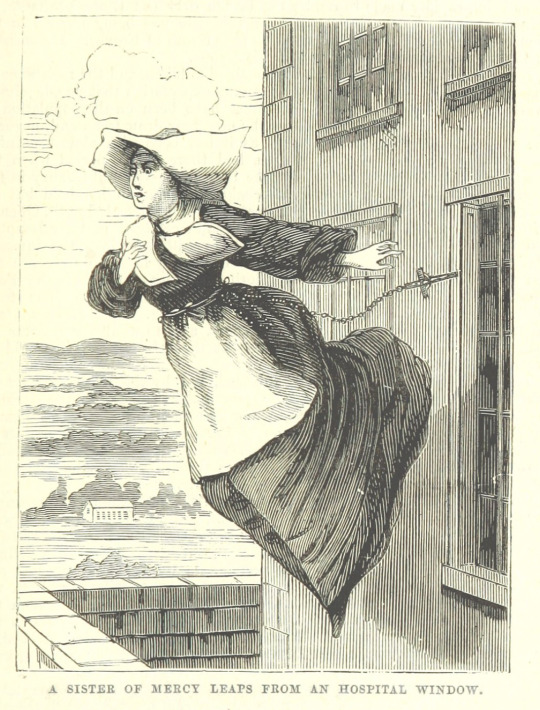
from Beeton's Book of the War; being a narrative of the most striking military events and romantic incidents which occurred during the time from the declaration of war to the capitulation of Paris; London, 1871.

3 notes
·
View notes
Text
The Kids Are Alright
Well, here is a rare and rather enjoyable thing. I’m used to writing about pictures whose author is known, whose subject is known, whose date is known, whose cause is known, whose customer is known or any or all of those things. The experience starts as that which is familiar to anyone who has finger-walked through shoeboxes of old post-cards, or cartes-de-visites or stereos : here’s something…

View On WordPress
#Adolphe Braun#Alsace#Bisson Frères#Charles Aubry#Countess of Castiglione#Daniel Dolfuss-Ausset#Diane Arbus#Ernest Lacan#Franco-Prussian War#James Hyman Gallery#Joseph Wilson Swan#Media Business#Metropolitan Museum#Otto von Bismarck#Pantoscope#Pierre-Louis Pierson#Portrait#Roland Belgrave#Sedan - Battle of#Siege of Paris#Wooodburytype
2 notes
·
View notes
Photo
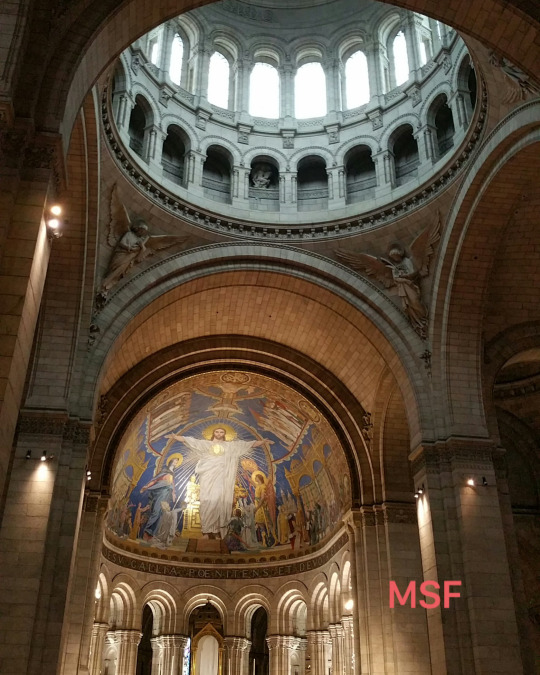
(vía Basílica del Sacre Coeur (1))
#arquitectura#architecture#Siglo XIX#19th century#Basílica del Sagrado Corazón#parís#Francia#France#Sacre Coeur#Paul Abadie#Guerra Franco-Prusiana#Franco-Prussian War#Second French Empire#Segundo Imperio Francés#Historia#History#Fotografía#Photography#Arte#Art
2 notes
·
View notes
Photo
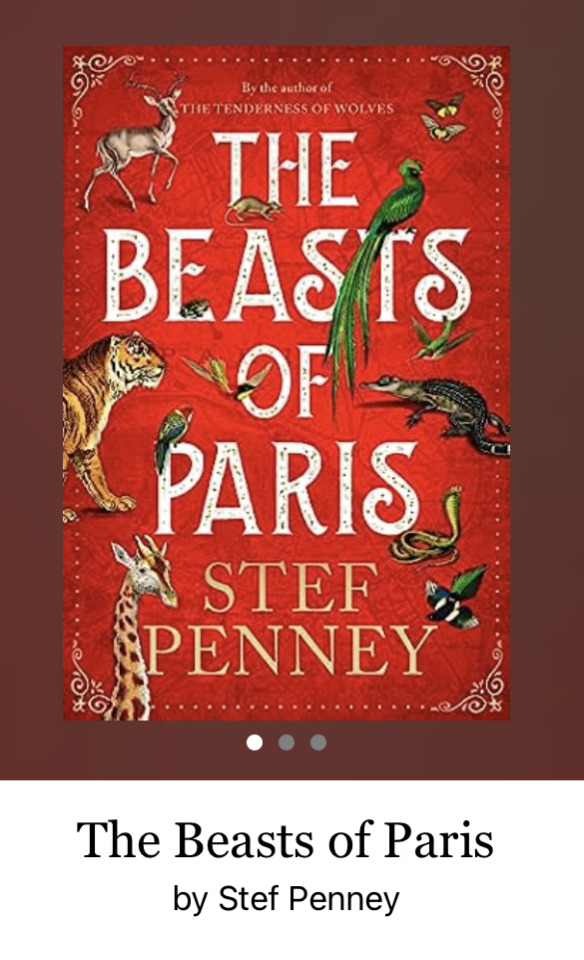
The Beasts of Paris by Stef Penney
Set in Paris in the second half of the 1800s during deprivations of the Franco-Prussian war and then the inhumanity of the civil war between the Paris Commune and the French government of the Third Republic, the Communards against the Versailles.
This historical novel is told through the eyes of several individuals from different strata of society and is rich in detail of the atrocities.
Perhaps for me, I needed a clearer focus of whose story it was? While the book starts with several individual voices, some fictional some real, seemingly of equal importance to us, the reader, along the way, their stories seems to diminish and perhaps the main two protagonists to emerge are Ellis and Lawrence, an American and Canadian respectively living in Paris at the time, who find love. I have no problem with it becoming Ellis and Lawrence’s stories it’s just that having met the other characters I would like to have stayed with them more or, for Ellis and Lawrence to have been drawn more thoroughly at the beginning. I was left with so many questions.
However, the details of the of the history are fascinating. As any reader of these posts know, I love learning history through good historical fiction and this is no exception. I knew a little bit of the Franco-Prussian war but had no idea about the aftermath and how all those historical buildings, palaces, parks and boulevards in Paris we know and love were destroyed along with so many lives. Like most civil wars, the way neighbour turns upon neighbour is beyond distressing.
Recommended.
Courtesy of NetGalley and Quercus.
#books#reviews#quercus#NetGalley#homosexual#paris#the beasts of paris#stef penney#love story#historical fiction#civil war#franco-prussian war#the communards#versailles#third republic
2 notes
·
View notes
Text


French troops, 1914-'15.
0 notes
Text




1 note
·
View note
Text
Book Review of Assignment Paris, by Robert Brightwell
Assignment Paris is a lively, well-researched adventure with a great character that’s fun to read while giving you a good sense of the real history of the Franco-Prussian war. Ne’re do-well Thomas Harrison is given a job as a war correspondent at his uncle’s paper. He’s sent to Paris and witnesses much of the war from the saber-rattling early days through many of the battles, including Sedan,…
#Author#book#book review#Franco-Prussian War#historical fiction#history#Military History#novel#writer
0 notes
Text

Franco-Prussian War, 1870. Bodies of French soldiers before burial.
For millennia, the Dead (in Western societies) were stripped of clothing and wrapped in shrouds of linen and other materials. The invention of embalming during the American Civil War, just a few years before this photo was taken, was to change funerary procedures radically in the West.
Uncertain why these men were photographed in varying states of exposure like this, or why they were photographed at all. May Eternal Light shine upon them, O Lord.
Orthodox Jews are still buried in shrouds; I am not certain if shrouds are still used in the other branches of Judaism.
1 note
·
View note
Text
European Union and Why it Needs to Change
European Union and Why it Needs to Change and how it has its origins from Europe's long and bloody history since 476 AD
The European Union has its roots in the aftermath of World War II in 1945. Europe had been in a state of pectoral wars since the fall of the Western Roman Empire in 476 A.D. Since then, different regional powers within Europe have tried to become the leading continental power. These wars accumulated in three great European wars: the French Revolution from 1793 until 1799 and the Napoleonic wars…

View On WordPress
#EU needs to change#EU reform#European Union#Franco-Prussian War#Geopolitics#Peter Zeihan#The Fall of Roman Empire#World War One#World War Two
0 notes
Text

That's a lot of Prussians.
1 note
·
View note
Note
Thoughts on the first portrait (which happens to be my profile picture): Théodore Larran, the model for this portrait, was wounded in the Battle of Gravelotte/Saint-Privat (known as the former by the Germans, the latter by the French) on 18 August 1870 and was left behind by the field ambulances (which you see in the background of the portrait). This portrait does not depict the battle, however, because the weather conditions are inaccurate. Carl Rückert, a Hessian volunteer on the other side of the conflict, notes in his memoir that the weather was sweltering and sticky (from previous rain, it being the height of summer, etc.).
To me, the portrait instead invokes the fatalism of the closing month of the war, January 1871, where the Army of the East under General Charles-Denis Bourbaki fought the Germans in snowy conditions in northeastern France, where they would be ultimately surrounded. The entire army (about 87,000 men) ended up crossing the Franco-Swiss border and escaping the German assault by requesting military asylum in Switzerland, which was neutral in the conflict, on the first day of February, where they were interned for six weeks. The Republican government in Paris had already surrendered on 29 January 1871.
hello! i’m looking into adopted yet another 19th century man. i’ve owned several others, and am looking for something unique. are there any unique and peculiar breeds you recommend?
Sure! These heritage and unique 19th century men may not be for everyone, but I want them to get more love.
French soldier left behind on the field of battle during the 1870 Franco-Prussian War.
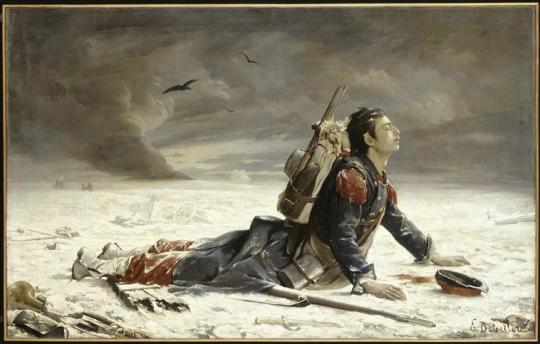
Poor sweetheart!! True story: the model for this 1872 painting, real French soldier Théodore Larran, met the artist Émile Betsellère many times because Betsellère was so touched by his story. Absolutely the type of 19th century man you want to rescue and love.
A jolly flatboatman.
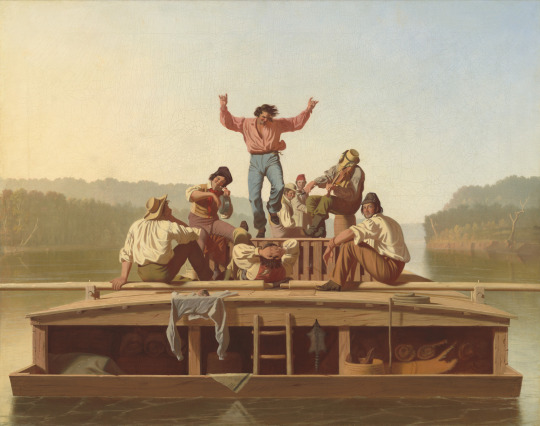
From The Jolly Flatboatmen by artist George Caleb Bingham, 1846.
A good 19th century man doesn't have to be wealthy or formal, as these charming working class fellows attest. Perfect for the aficionado of lively, active 19th century men.

British Army 41st Regiment of Foot Soldier, c. 1800-1815.
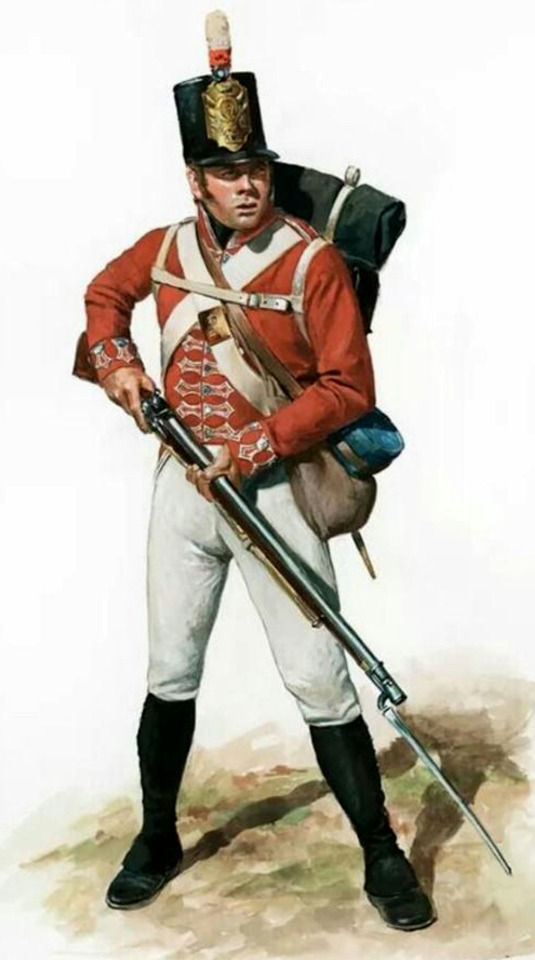
Who doesn't have "a passion for a scarlet coat," as Jonathan Swift phrased it! Your soldier needs a lot of exercise and structure, but he's not picky about his food or bedding. Comes with his own blanket and water bottle! He's a lover, he's a fighter, I recommend delousing him before you bring him into your home.
Cossack Trowsers King.
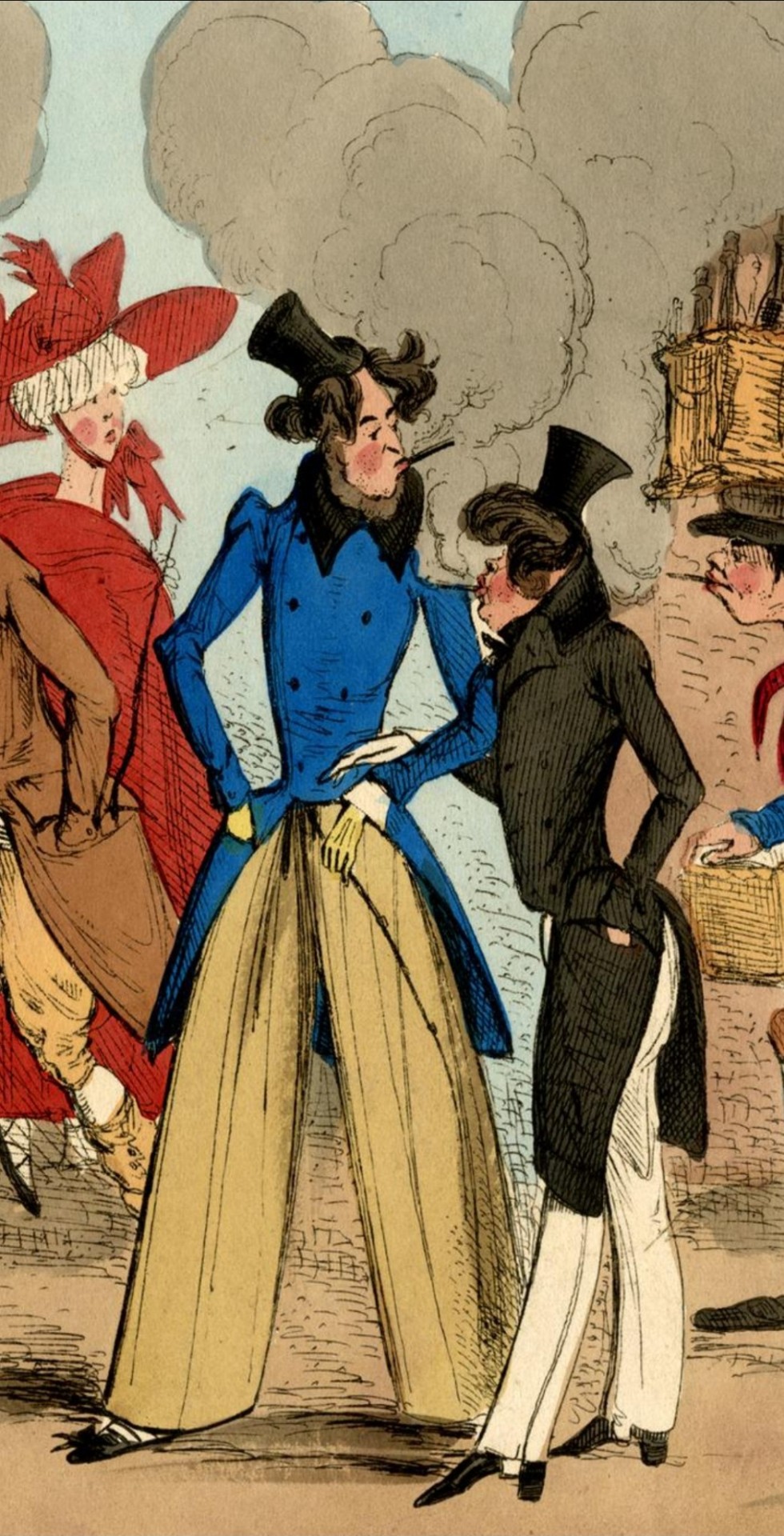
Strutting his stuff in 1827, he has an insouciant attitude and a bold, fashion-forward look. You may want to address the fact that he's also a major source of air pollution.
174 notes
·
View notes
Text
55 Rare and Amazing Vintage Photographs of Paris During the Franco-Prussian War (1870–1871)
The Franco-Prussian War or Franco-German War, often referred to in France as the War of 1870, was a conflict between the Second French Empire (later the Third French Republic) and the North German Confederation led by the Kingdom of Prussia. Lasting from July 19, 1870 to January 28, 1871, the conflict was caused primarily by France’s determination to restore its dominant position in continental…

View On WordPress
#1800s#architecture & construction#event & history#France#Franco-Prussian War#Paris#photography#war
0 notes
Text
Wrapped up the last book on 19th Century military history:
Wrapped up the next book. Like the previous one this covers that impolitic truth that history sometimes hinges very much on kings and battles. In this case after the smashing victory against the Austrians, Otto von Bismarck and King Wilhelm of Prussia built the German Empire on a sequence of blunderingly bloody battles where the Germans acted like stereotypical Soviet soldiers in taking colossal casualties from idiotic attacks into the teeth of firepower they had no means to overcome. The main reasons that they managed to win the war in spite of themselves was that the Second Empire had a bunch of Chomsky types who thought the worst crime of France was to assert the interests of France and who acted accordingly and then somehow, the Germans wound up able to defeat passive and wretchedly-led French forces, imposed a new political system, and forged the Kaiserreich as the monarchical federalism that would be overthrown in 1918.
The brutally simple lesson of 1870-1 is that there are lines where being 'I want this society to go boom' will get you exactly what you want but it seldom goes the ways the people who wanted it expect, and this is a hundred times moreso when there are hostile armies roaming around shooting up everyone and everything they don't like. An equal lesson of it is that winning wars does not solve all problems, it ends one set and creates brand new ones.
The ultimate danger of the three Bismarckian wars is that the Kingdom of Prussia and its successor, the German Empire, came to believe that all wars could be won fairly swiftly with high-casualty but swift maneuvers around poorly-led enemies and did not take into account that a major shift in European geopolitics would produce major shifts in turn. These lessons ultimately contributed to the catastrophe of 1914-45, to the decisions made in each war, to why those decisions were made, and what it meant that they took the forms they did.
The truly interesting irony is that in both cases had the Austrians or the French actually bothered to do more than sit on their asses and launched a counterattack at a couple of points history winds up unrecognizably different because the very cutting edge elements of modernity had very obvious weaknesses that both France and Austria's generals saw but were unwilling and incapable of acting upon them.
That, of course, is not one of the lessons military history preferred to draw upon, nor has it really sought to look at the big gap between Koeniggratz, which really was a decisive triumph that led to an immediate peace, and Sedan, which like its 1940 successor that doomed the Third Republic led to a protracted series of last stand battles afterward that padded the defeat but did not fundamentally alter its course.
9/10.
1 note
·
View note